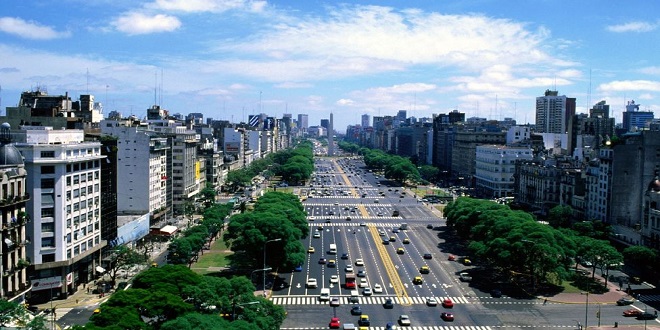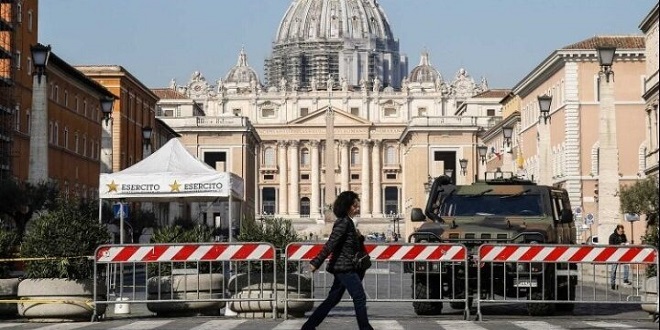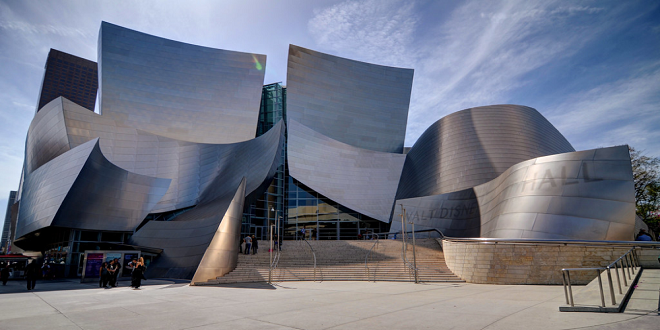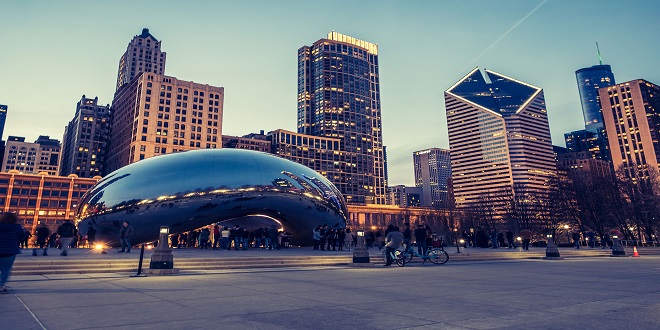Puning Temple vs Temple of Heaven
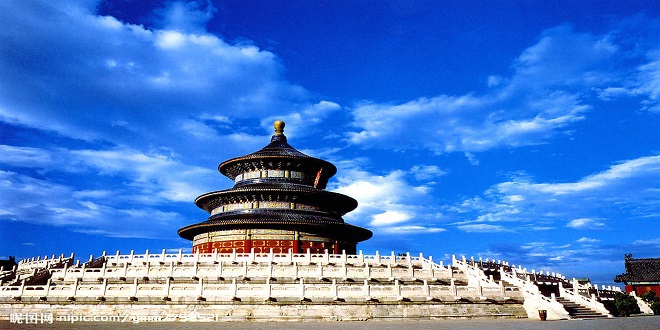
The Temple of Heaven is one of China’s most iconic symbols, but it lacks the profound air of reverence that lures Buddhist pilgrims from across the land to Puning Temple
The Temple of Heaven (Tian Tan), more accurately translated as the Altar of Heaven, might be one of China’s most photographed sights, but it is obscure in its symbols, esoteric in function, and essentially in religious disuse. In fact, this over-visited collection of buildings has little of the vitality and atmosphere of Chengde’s Puning Temple (Puning Si).
While the Confucian orderliness and lifelessness of Beijing’s famous altar point to a ceremonial purpose to which visitors can’t easily relate, the day-to-day vibrancy of Puning Temple intoxicates pilgrims and travelers alike. This is a living, breathing, active place of worship, where the full panoply of Buddhist ritual is played out by resident lamas and incense-carrying worshipers.
Forget the Temple of Heaven?
The build-up
Beijing’s Temple of Heaven is a picture-postcard emblem of China’s capital. Venue of the heavily ritualized imperial sacrifices to heaven during the Ming and Qing dynasties, this collection of buildings gives visitors a unique insight into China’s dynastic past. With its blue-tiled, triple-eaved umbrella roof, the beautiful Hall of Prayer for Good Harvests remains a paragon of Ming dynasty design.
The letdown
Temple of Heaven Park is alive with people and tail chi practitioners in the early morning, but the temple structures themselves are functionless. The halls and altar were reserved for imperial use during the Ming and Qing dynasties, and although the complex is now fully open to the public, no one comes here to worship. Neither Buddhist nor Taoist, the Temple of Heaven has little meaning for China’s devout and has an atmosphere of the Confucian reserve.
Going anyway?
Try to get to Temple of Heaven Park early in the morning, when you can watch it come to life, and take time to explore the grounds. The cheapest and quietest time to visit is from November to March. Opt for the inexpensive and informative audio tour.
Practical information
Getting There and Around
The nearest international airport is in Beijing. Buses leave Liuliqiao and Sihui bus stations hourly for the 4-hour trip to Chengde. Trains can take over 4 hours.
Where to Eat
Imperial hunting traditions have left Chengde with a taste for wild game. Try the fowl in the Dadi Beijing Roast Duck Restaurant.
Where to Stay
Chengde accommodations cannot compare with the choice in Beijing, but the 4-star Yunshan Hotel has the best rooms and service in town.
When to Go
Avoid summer and winter, when temperatures are extreme. The temple’s galleries sometimes shut in the afternoon, so get there early.
Budget per Day for Two
US$100 for accommodations, food, transportation, and admission fees.
Last word
The intangible but boundless energy of Guanyin is represented in the temple’s most astounding treasure: a colossal effigy standing in the Mahayana Hall, a towering space with several viewing galleries. If you only have time for one Buddhist effigy in the whole land, this must be it. Standing at over 72 ft (22 m) high, the “1,000-arm and 1,000-eye” Guanyin, reputedly the world’s largest wooden statue, presides over a wide-eyed assembly of the devout and awestruck. Gazing up at this giant figure, which sports an eye in each hand, could possibly be the most powerful experience China can impart.

